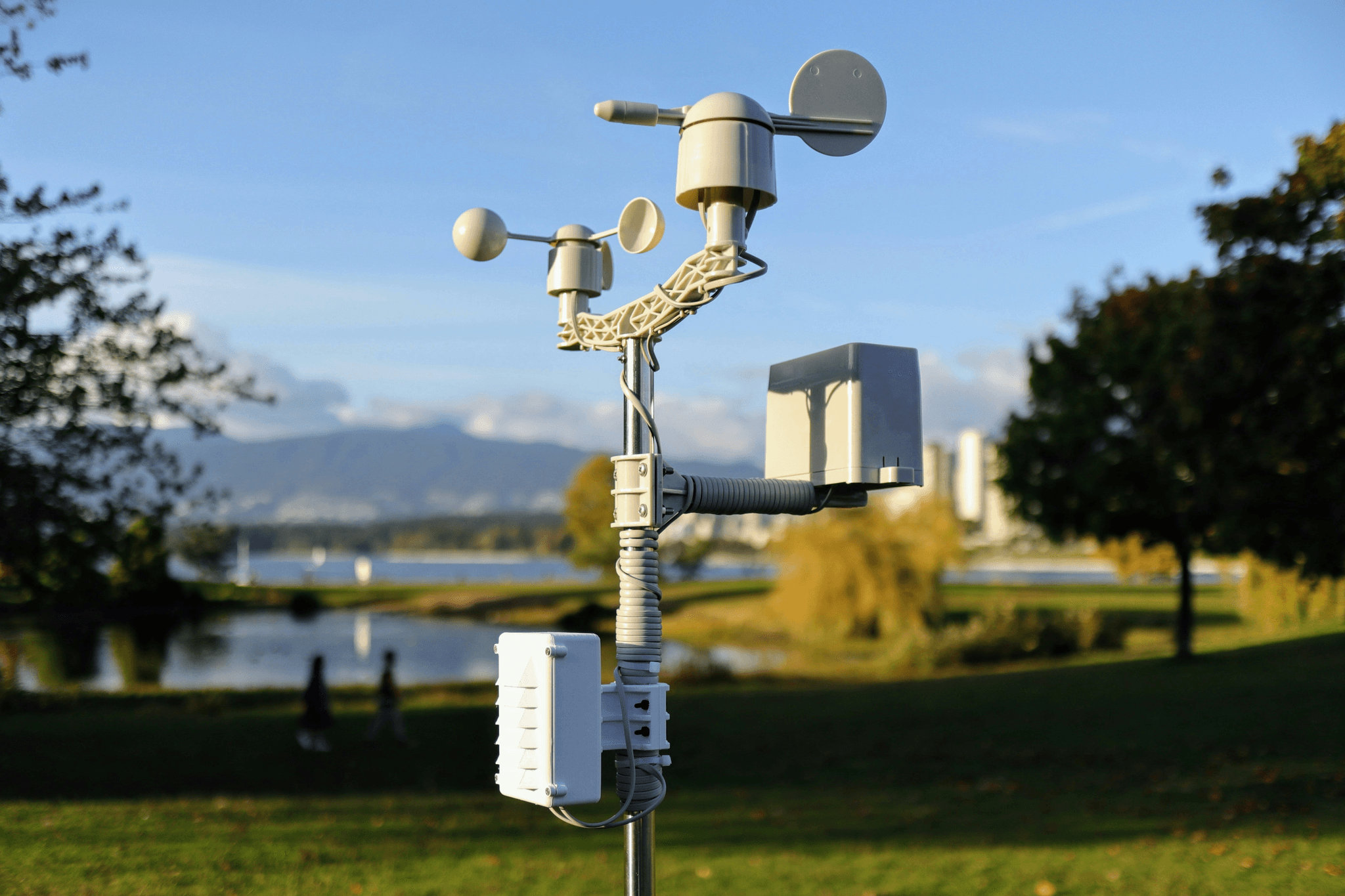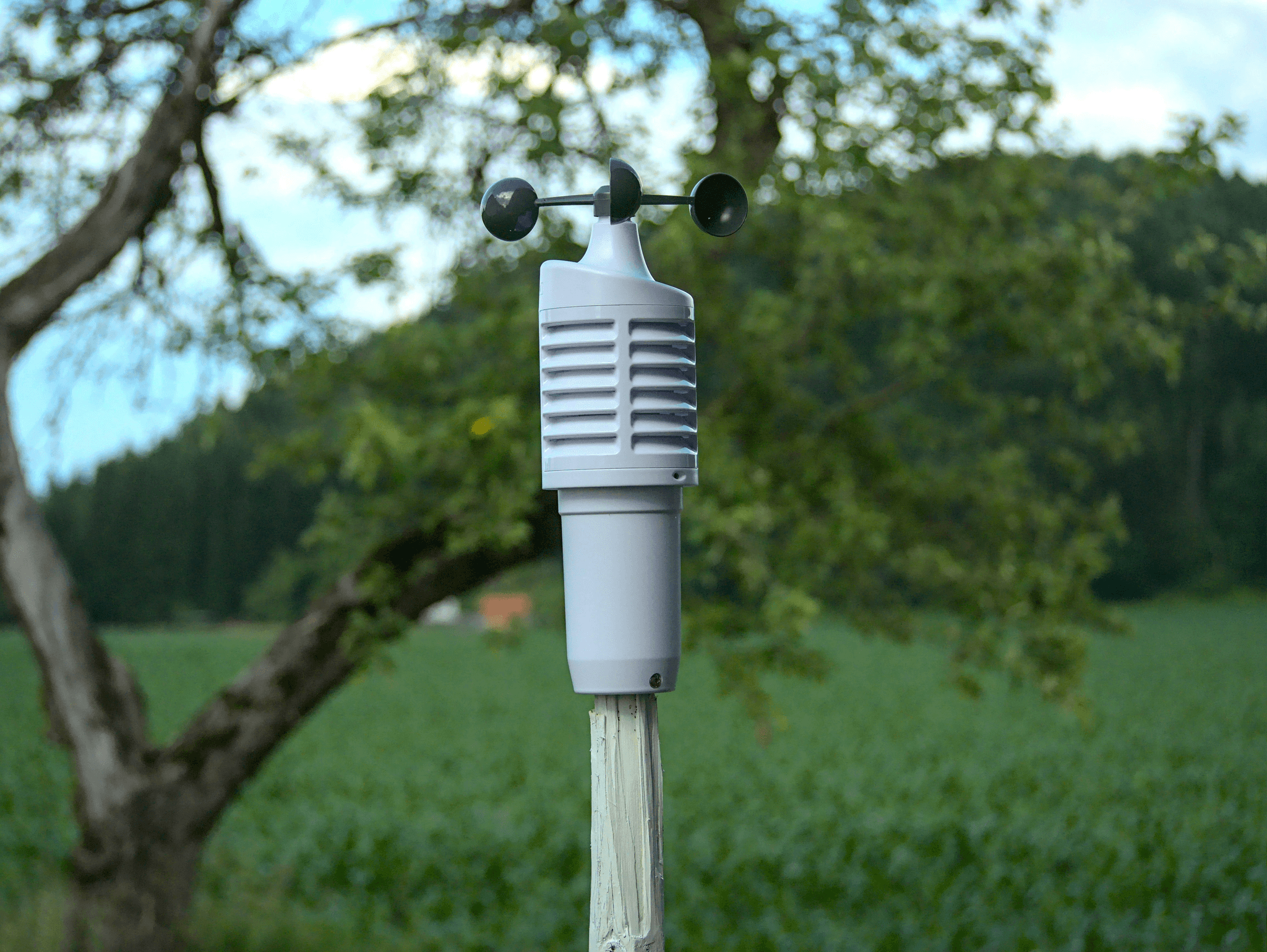Introduction

Haisen's Aviation Automatic Weather Observation Station is a state-of-the-art system designed to provide continuous, real-time weather information at airports. Equipped with various sensors, it measures crucial parameters such as temperature, wind speed and direction, visibility, cloud height, and atmospheric pressure. This data plays a vital role in ensuring safe and efficient flight operations by enabling pilots and air traffic controllers to make informed decisions.
What is Haisen's Aviation Automatic Weather Observation Station?
Haisen's Aviation Automatic Weather Observation Station is a cutting-edge technology that delivers real-time weather data at airports. It utilizes advanced sensors to measure essential parameters such as temperature, wind speed and direction, visibility, cloud height, and atmospheric pressure. This information is indispensable for pilots and air traffic controllers in making informed decisions for safe aviation operations.
Importance of Surface Weather Observation Stations
Surface Weather Observation Stations are crucial for providing accurate and timely weather data at airports. They play a vital role in ensuring the safety of aviation operations by monitoring key parameters such as temperature, wind speed and direction, visibility, cloud height, and atmospheric pressure.
What is an automated surface/weather observing system?
An automated surface/weather observing system (ASOS) is an advanced technology used to automatically collect and disseminate weather data at airports. It utilizes various sensors to measure essential parameters such as temperature, wind speed and direction, visibility, cloud height, and atmospheric pressure in real time.
The Role of Aviation Automatic Weather Observation Station

Aviation Automatic Weather Observation Stations play a crucial role in providing essential weather data for aviation operations. These stations are equipped with advanced sensors and instruments to monitor key meteorological parameters, ensuring the safety and efficiency of flights.
Monitoring temperature and atmospheric pressure
At Haisen's Aviation Automatic Weather Observation Station, temperature and atmospheric pressure are continuously monitored to provide accurate and up-to-date information for pilots and air traffic controllers. This data is vital for assessing the air density, which directly impacts aircraft performance and fuel consumption.
In addition to monitoring temperature and atmospheric pressure, Haisen's Aviation Automatic Weather Observation Station also measures wind speed and direction. This information is crucial for pilots and air traffic controllers to make informed decisions about takeoff, landing, and flight paths. By continuously tracking wind conditions, the station helps ensure the safety and efficiency of air travel in the region.
Measuring wind speed and direction
One of the primary functions of an automatic weather station at the airport is to measure wind speed and direction. This information is critical for pilots during takeoff, landing, and en-route navigation, allowing them to make informed decisions based on current wind conditions.
Assessing visibility and cloud height
Haisen's Aviation Automatic Weather Observation Station utilizes advanced technology to assess visibility and cloud height, enabling pilots to determine suitable approach paths and ensuring safe landing conditions. This data also supports air traffic control in managing aircraft spacing during adverse weather conditions.
Furthermore, the accurate assessment of visibility and cloud height provided by Haisen's Aviation Automatic Weather Observation Station allows for efficient decision-making by pilots and air traffic control personnel. This information is crucial in determining whether it is safe to take off or land, as well as in managing aircraft spacing during periods of reduced visibility. By utilizing advanced technology, Haisen's station ensures that real-time data is available to support safe and efficient air travel operations.
Key Features of Haisen's Aviation Automatic Weather Observation Station

Haisen's Aviation Automatic Weather Observation Station is a state-of-the-art system designed to provide real-time weather information at airports. Equipped with advanced sensors, it continuously monitors and collects data on temperature, wind speed and direction, visibility, cloud height, and atmospheric pressure. This comprehensive data is essential for accurate weather forecasting and flight planning.
Real-time weather information
The system provides up-to-the-minute weather updates, allowing pilots and air traffic controllers to make informed decisions regarding flight operations. With instant access to current weather conditions, aviation professionals can ensure the safety and efficiency of air travel.
In addition to real-time weather updates, the system also provides forecasts for the upcoming hours and days, giving aviation professionals a comprehensive view of weather patterns. This allows pilots and air traffic controllers to plan ahead and make strategic decisions to avoid potential weather-related disruptions. By staying ahead of changing weather conditions, flight operations can run smoothly and efficiently, minimizing delays and ensuring passenger satisfaction.
Continuous monitoring and data collection
Haisen's station operates 24/7, constantly gathering crucial weather data without interruption. This continuous monitoring ensures that the most accurate and reliable information is available at all times, supporting smooth air traffic management. By using various sensors strategically placed in different locations, Haisen's station is able to capture a wide range of weather phenomena, from wind speed and direction to temperature and humidity levels. These sensors work together to provide comprehensive and precise measurements, giving air traffic controllers the detailed data they need to make informed decisions.
Use of various sensors for accurate measurements
Utilizing a range of advanced sensors, including anemometers, ceilometers, and barometers, Haisen's station ensures precise measurements of key weather parameters. The use of multiple sensors enhances the accuracy of the collected data, providing valuable insights for aviation operations.
Furthermore, the use of advanced sensors allows Haisen's station to continuously monitor and record changes in weather conditions. This real-time data collection enables aviation operators to make informed decisions regarding flight routes, take-off and landing procedures, and overall flight safety. By utilizing a combination of sensors, Haisen's station can provide accurate and reliable weather information around the clock, ensuring that pilots have access to up-to-date data for their flights.
Understanding the Difference Between ASOS and AWOS

Automated Surface/Weather Observing Systems
An automated surface/weather observing system (ASOS) is a fully automated weather station that collects and disseminates weather data, including temperature, wind speed and direction, visibility, precipitation, and cloud height. It is typically located at airports and provides real-time information to support aviation operations. Similarly, an aviation automatic weather observation station (AWOS) also performs the same functions but may have different sensor configurations and reporting intervals.
In addition to providing real-time weather data for aviation operations, ASOS and AWOS also play a crucial role in supporting meteorological research and forecasting. The data collected by these automated systems is used by meteorologists to analyze weather patterns, develop forecasts, and issue warnings for severe weather events. This information is also valuable for climate monitoring and research, as it provides long-term data on temperature, precipitation, and other atmospheric conditions.
Differentiating features and capabilities
The main difference between ASOS and AWOS lies in their sensor configurations and reporting intervals. ASOS typically has more sensors for measuring various weather parameters, while AWOS may have fewer sensors but still provides essential weather information for aviation purposes. Additionally, ASOS reports data more frequently compared to AWOS, which may have longer reporting intervals.
Impact on aviation operations
The impact of ASOS and AWOS on aviation operations is significant as they provide crucial weather information for pilots, air traffic controllers, and airport personnel. This data is essential for flight planning, takeoff and landing decisions, as well as air traffic control operations. Both systems play a vital role in ensuring the safety and efficiency of aviation activities at airports.
In addition to providing crucial weather information, ASOS and AWOS also contribute to the overall efficiency of aviation operations. By delivering real-time data on wind speed, visibility, and precipitation, these systems enable pilots and air traffic controllers to make informed decisions that minimize delays and optimize flight routes. This not only benefits individual flights but also improves the overall flow of air traffic at airports, reducing congestion and enhancing the passenger experience.
Benefits of Aviation Automatic Weather Observation Station

Enhancing aviation safety
Haisen's Aviation Automatic Weather Observation Station plays a vital role in enhancing aviation safety by providing real-time weather information to pilots and air traffic controllers. This allows them to make informed decisions regarding takeoffs, landings, and flight routes, ensuring the safety of passengers and crew. The accurate data collected by the automated surface/weather observing system helps in identifying potential weather-related hazards, thus minimizing the risk of accidents.
Improving flight planning and operations
With the use of Haisen's technology at airports, flight planning and operations are significantly improved. Pilots can access up-to-date weather conditions, enabling them to plan their flights more efficiently and safely. By having access to accurate data on temperature, wind speed and direction, visibility, cloud height, and atmospheric pressure, pilots can make informed decisions that optimize fuel consumption and minimize travel time.
Facilitating air traffic control decisions
The integration of Haisen's Aviation Automatic Weather Observation Station facilitates air traffic control decisions by providing real-time weather updates. Air traffic controllers can monitor changing weather conditions at the airport and surrounding areas, allowing them to adjust flight schedules accordingly. This ensures smooth air traffic flow while prioritizing safety for all aircraft under their jurisdiction.
Conclusion

Haisen's Aviation Automatic Weather Observation Station plays a pivotal role in ensuring aviation safety and efficiency. By providing real-time weather information at airports, it enables pilots and air traffic controllers to make informed decisions. This technology integrates various sensors to measure temperature, wind speed and direction, visibility, cloud height, and atmospheric pressure, contributing to the seamless operation of the aviation industry.
Importance of Aviation Automatic Weather Observation Station
The significance of Haisen's Aviation Automatic Weather Observation Station cannot be overstated in the realm of aviation. It serves as a critical tool for monitoring and assessing weather conditions at airports, ultimately enhancing safety and operational efficiency for flights. The continuous real-time data provided by this system is indispensable for informed decision-making in the aviation industry.
Furthermore, the automated surface/weather observing systems offer a level of accuracy and consistency that surpasses human observations. This ensures that pilots and air traffic controllers have access to reliable, up-to-date information when making crucial decisions. Additionally, these systems can operate in a wide range of environmental conditions, providing valuable data even in challenging weather scenarios.
Advantages of Automated Surface/Weather Observing Systems
Automated Surface/Weather Observing Systems such as Haisen's technology not only provide accurate and real-time weather data for aviation operations but also contribute to cost savings for airlines. By offering precise information on wind speed, temperature, and visibility, these systems help pilots make informed decisions, leading to fuel efficiency and reduced operational costs. Additionally, the integration of automated surface/weather observing systems can lead to improved on-time performance and customer satisfaction due to better flight planning and fewer delays.
Integration of Haisen's technology in aviation industry
The integration of Haisen's Aviation Automatic Weather Observation Station also demonstrates the industry's commitment to embracing innovative technology. By incorporating this cutting-edge system, airports and aviation authorities show their dedication to enhancing safety and efficiency in air travel. This move sets a precedent for the adoption of advanced solutions that can further improve the overall experience for both passengers and aviation professionals.
